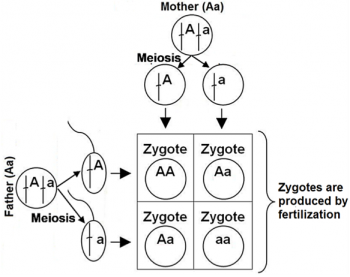 In this hands-on, minds-on activity, students use model chromosomes and answer analysis and discussion questions to learn about the processes of meiosis and fertilization.
In this hands-on, minds-on activity, students use model chromosomes and answer analysis and discussion questions to learn about the processes of meiosis and fertilization.
Students first analyze how the processes of meiosis and fertilization result in the alternation between diploid and haploid cells in the human lifecycle. To learn how meiosis produces genetically diverse gametes, students analyze the results of crossing over and independent assortment.
As they model meiosis and fertilization, students follow the alleles of a human gene from the parents' body cells through gametes to zygotes.They learn how the outcomes of meiosis and fertilization can be represented in a Punnett square.
A final brief section contrasts sexual reproduction with asexual reproduction.
This activity can be used to introduce meiosis and fertilization or to review these processes.
(NGSS)

Download Student Handout: PDF format or Word format
Download Teacher Preparation Notes: PDF format or Word format

 © Serendip® 1994 - All rights reserved. Privacy Policy
© Serendip® 1994 - All rights reserved. Privacy Policy
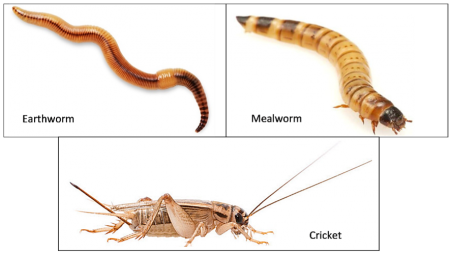
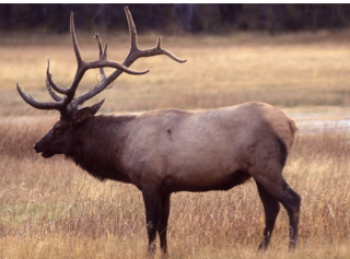 To begin, students view a video about the trophic cascade that resulted when wolves were reintroduced to Yellowstone. Next, students learn about food chains and food webs. They construct and analyze a food web for Yellowstone National Park. Finally, students use what they have learned to better understand the trophic cascade caused by the return of wolves to Yellowstone.
To begin, students view a video about the trophic cascade that resulted when wolves were reintroduced to Yellowstone. Next, students learn about food chains and food webs. They construct and analyze a food web for Yellowstone National Park. Finally, students use what they have learned to better understand the trophic cascade caused by the return of wolves to Yellowstone. Students learn about the effects of UV light, mutations and DNA repair on the survival of prokaryotes and the risk of skin cancer. In the first experiment, students evaluate the effects of different durations of UV exposure on survival and population growth of Haloferax volcanii. This experiment also tests for photorepair of DNA damage. Students design the second experiment, which evaluates the effectiveness of sunscreen. In addition, students answer analysis and discussion questions that promote their understanding of molecular biology, cancer, and the interpretation of experimental results.
Students learn about the effects of UV light, mutations and DNA repair on the survival of prokaryotes and the risk of skin cancer. In the first experiment, students evaluate the effects of different durations of UV exposure on survival and population growth of Haloferax volcanii. This experiment also tests for photorepair of DNA damage. Students design the second experiment, which evaluates the effectiveness of sunscreen. In addition, students answer analysis and discussion questions that promote their understanding of molecular biology, cancer, and the interpretation of experimental results. 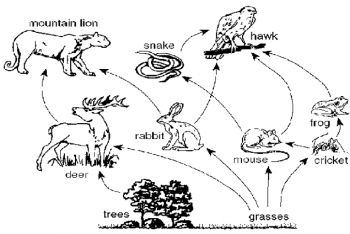
 In this hands-on, minds-on activity, students use model chromosomes and answer analysis and discussion questions to learn about the processes of meiosis and fertilization.
In this hands-on, minds-on activity, students use model chromosomes and answer analysis and discussion questions to learn about the processes of meiosis and fertilization.
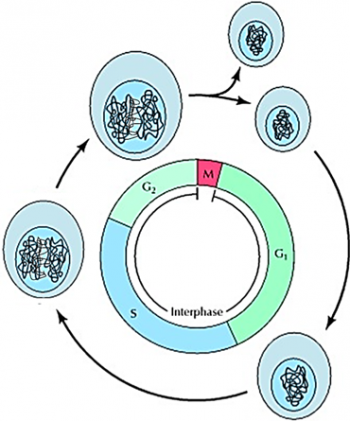 In this hands-on, minds-on activity, students use model chromosomes and answer analysis and discussion questions to learn how the cell cycle produces genetically identical daughter cells.
In this hands-on, minds-on activity, students use model chromosomes and answer analysis and discussion questions to learn how the cell cycle produces genetically identical daughter cells.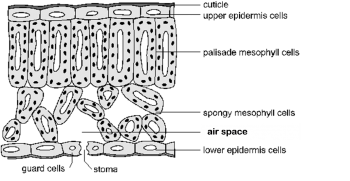 In the first part of this activity, students learn how to use the floating leaf disk method to measure the rate of net photosynthesis (i.e. the rate of photosynthesis minus the rate of cellular respiration). They use this method to show that net photosynthesis occurs in leaf disks in a solution of sodium bicarbonate, but not in water. Questions guide students in reviewing the relevant biology and analyzing and interpreting their results. In the second part of this activity, student groups develop hypotheses about factors that influence the rate of net photosynthesis, and then each student group designs and carries out an investigation to test the effects of one of these factors. (NGSS)
In the first part of this activity, students learn how to use the floating leaf disk method to measure the rate of net photosynthesis (i.e. the rate of photosynthesis minus the rate of cellular respiration). They use this method to show that net photosynthesis occurs in leaf disks in a solution of sodium bicarbonate, but not in water. Questions guide students in reviewing the relevant biology and analyzing and interpreting their results. In the second part of this activity, student groups develop hypotheses about factors that influence the rate of net photosynthesis, and then each student group designs and carries out an investigation to test the effects of one of these factors. (NGSS)
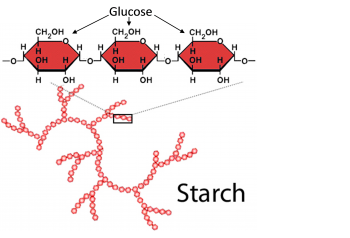
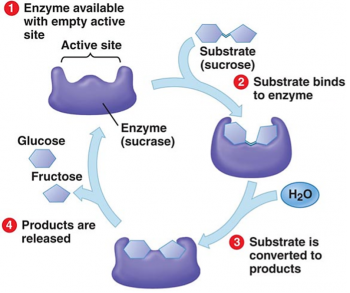
 Download Student Handout:
Download Student Handout: 






